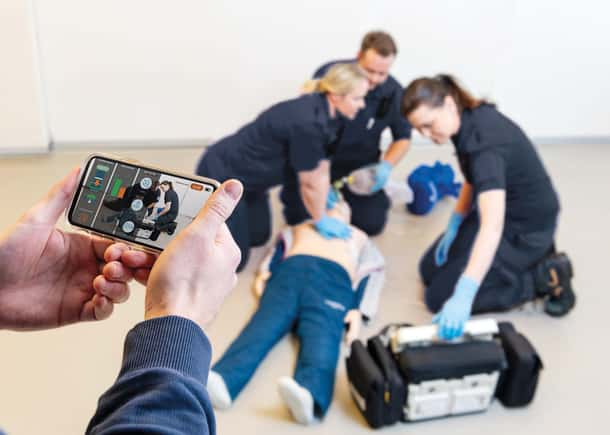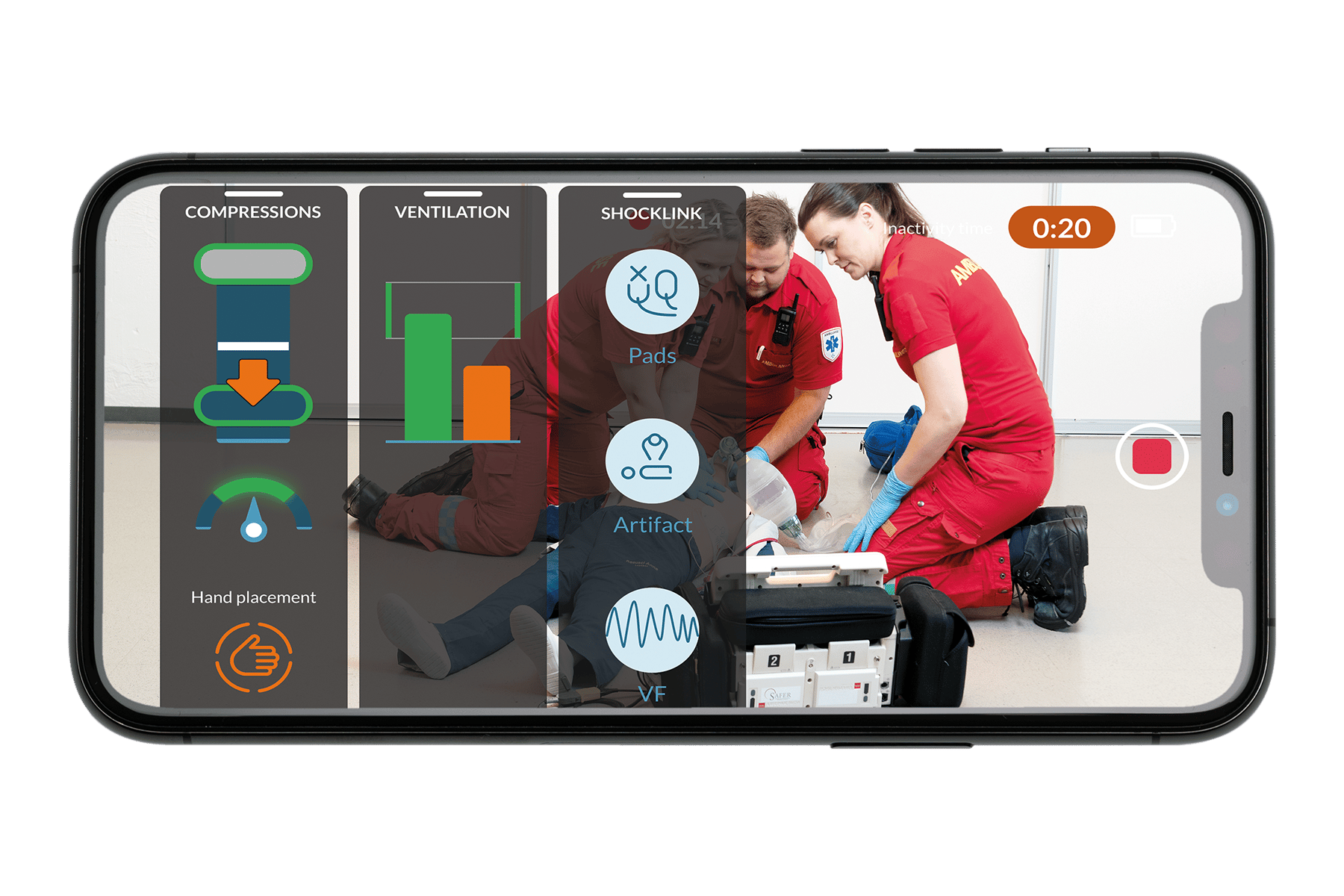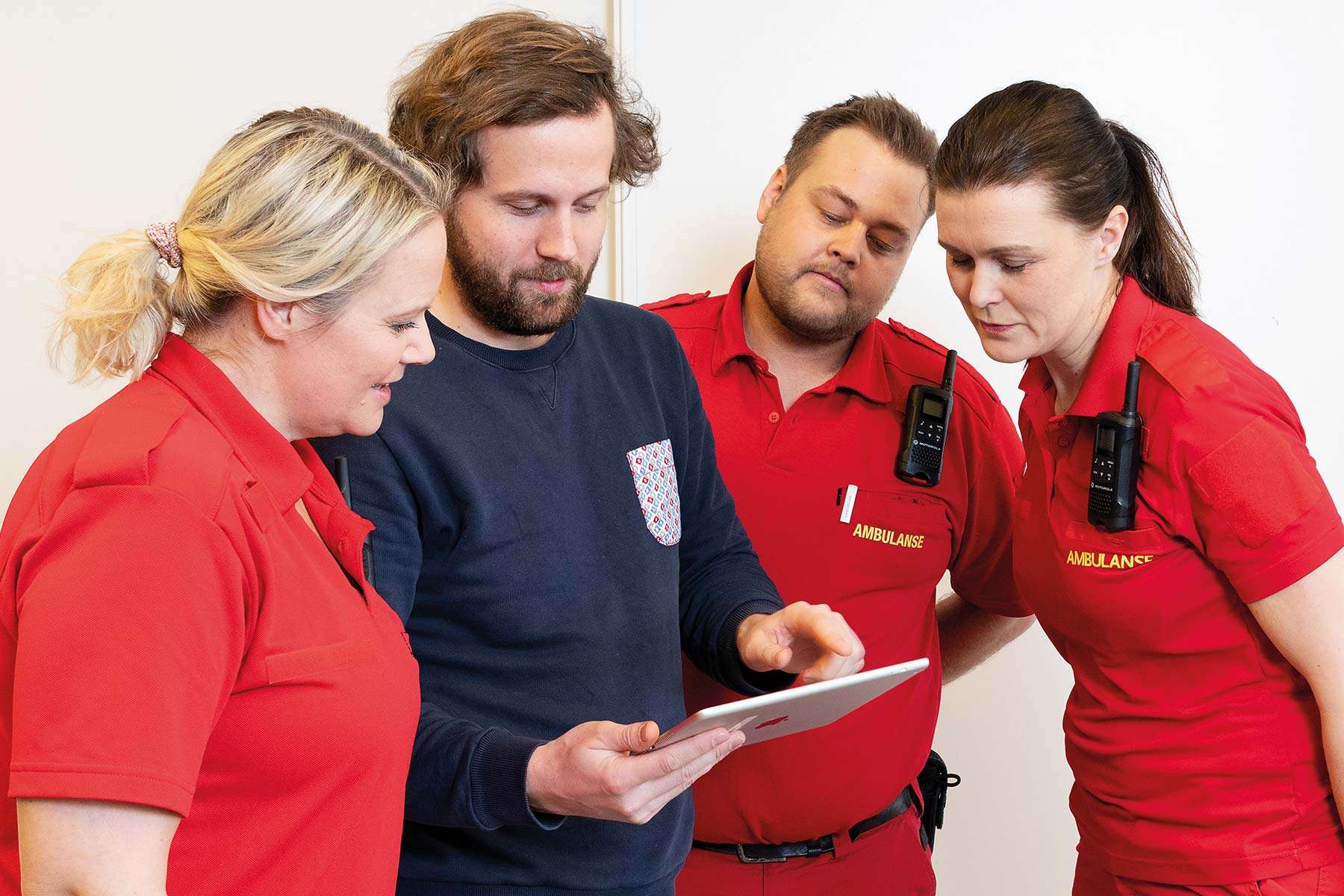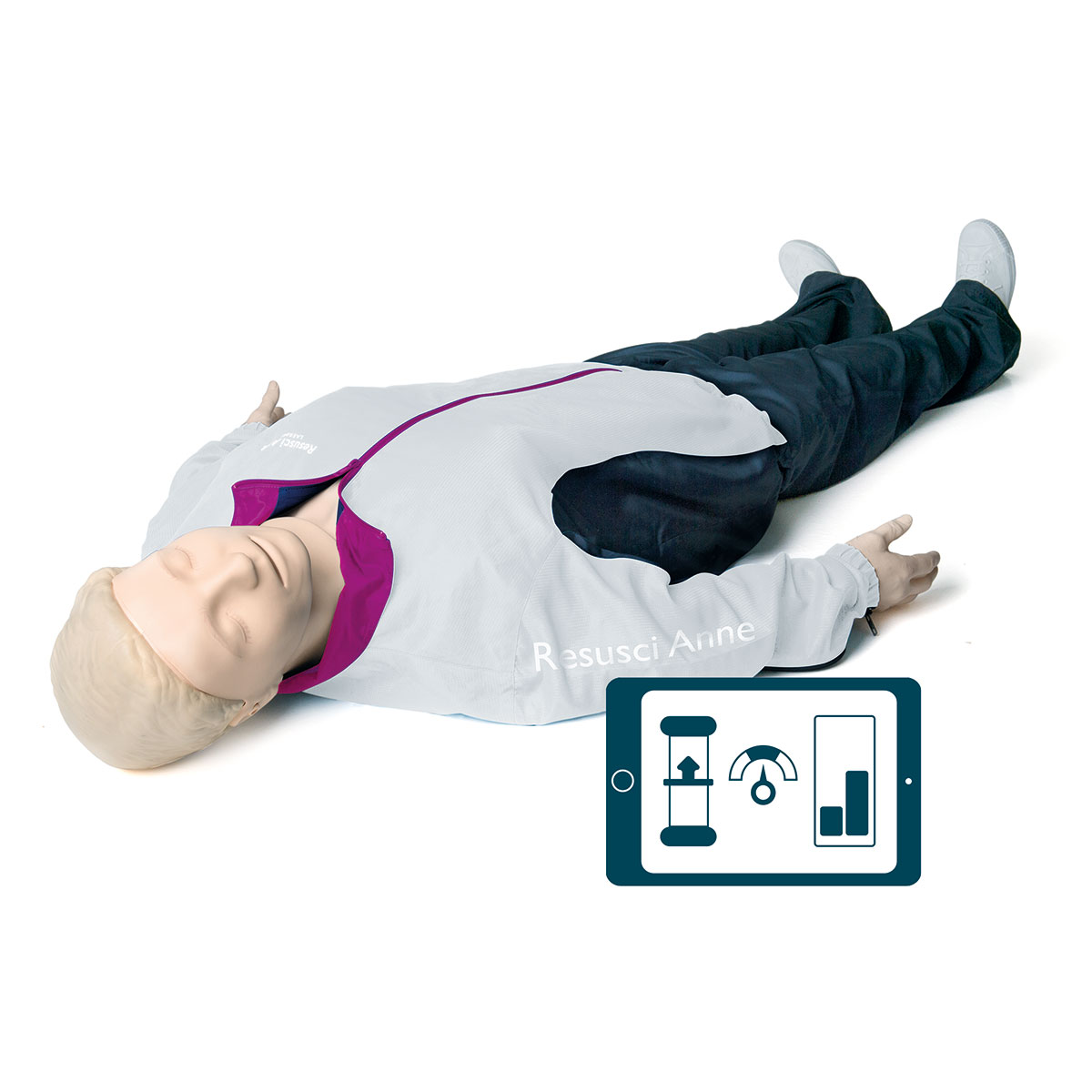4 Ways TeamReporter Can Help You Build High-Performance CPR Teams


The American Heart Association emphasizes that the quality of CPR delivered during a resuscitation has a major impact on survival.1 When it comes to quality CPR training, many instructors focus on perfecting the technical skills of individual rescuers - but focusing on rescuers’ performance as a team can also affect the quality of the CPR delivered.2 High-performance CPR, or "letter perfect" CPR, centers on evidence-based, individual and team performance metrics.3
Many EMS agencies and training centers recognize the importance of team training in high-performance CPR but have reported not having the right tools to make training easier and more efficient. TeamReporter is a video-based mobile phone app designed to provide the essentials for helping build high-performance teams. Some of these essentials include real-time and summative feedback, tips for improvement, and intelligent video debriefing.
Below, we explore the difference that efficient teamwork can make in high-performance CPR, and how TeamReporter can serve as your “assistant coach” for high-performance team training.
If you’re already familiar with high-performance CPR, skip to the next section. But many systems are still trying to educate their staff on the topic – so here is a brief summary.
CPR is life-critical, but inherently inefficient – which is all the more reason to get it right. It provides just 10% to 30% of normal blood flow to the heart, and only 30% to 40% of normal blood flow to the brain.4 Considering this reality emphasizes the urgency behind the need to make CPR as efficient as possible to increase its effectiveness and buy more time. This is the intent behind high-performance CPR. The high-performance CPR experts at the Resuscitation Academy advocate, “It is as though the onset of high-performance CPR suspends death and gives a better opportunity for the defibrillatory shocks and medications to work their magic.”5
CPR quality contributes to the extensive variability of survival between and within systems of care.6 High-performance CPR can make drastic improvements to survival rates. King County, WA saw a 50% improvement in discharged survival in the first year following high-performance CPR training,7 and their survival rates are among the highest in the world.8 Compared to other communities, cardiac arrest victims are two to three times more likely to survive in Seattle and King County from out-of-hospital cardiac arrest.9
Now that you’re up to speed on the importance of high-performance CPR, read on to learn 4 ways that TeamReporter can help.

It may seem obvious that measurement is key to improvement – but this holds especially true for CPR, as it is near impossible to judge CPR quality by look or feel alone. TeamReporter provides measurement and real-time feedback on the elements of quality CPR,* allowing practitioners to adjust and improve their performance instantly. This type of precise measurement and feedback promotes continuous improvement of both individual and team CPR skills.
David Weed, Community Services Officer for Woodinville Fire and Rescue in King County, WA10
Key parameters of high-quality CPR include:
The specificity of these parameters makes using a precise measurement tool a must. With TeamReporter, it’s as easy as connecting the app with your Resusci manikin to begin getting detailed feedback in seconds.

A well-coordinated team that performs at maximum efficiency has the potential to shave off critical seconds and maximize chest compression fraction during a resuscitation. When teams are practicing tactics that can increase efficiency, TeamReporter helps by monitoring how these efforts are affecting the team's CPR quality.
Evidence shows that increased chest compression fraction (CCF), or the total time spent doing compressions during a resuscitation attempt, improves outcomes.13 High-performing organizations aim for 80% time on the chest.14
It's a common misconception that a pause as short as 3 seconds is insignificant and that you can just pick up where you left off in terms of building blood pressure in the heart with compressions. But within 3 seconds of pause, this pressure falls to zero. When you resume compressions, you essentially start at the beginning – not where you were when you left off. It takes another 30 compressions, or about 16 seconds, to rebuild the same kind of blood flow you had before you paused. When you look at it this way, that 3-second pause costs your patient many more seconds of adequate blood flow.15
Add to all of this, studies have found that increasing pre-shock and post-shock pauses has an impact on defibrillation success and survival.17
These factors explain why high-performing teams use techniques that help them maximize their hands-on time. Observers of efficient high-performance CPR teams in action often notice that:
These are only some of the tactics that high-performance teams use to increase efficiency and minimize wasted time, resulting in maximum time on the chest. This routine, of course, doesn’t come naturally: teams need to train and re-train in order to reach and maintain these levels of precision.
Mike Helbock, M.I.C.P, NR-P, Division Chief – EMS Training, Seattle/King County Medic One (ret.), Faculty – Seattle/King County Resuscitation Academy19
As teams work on achieving improved synchronization, TeamReporter helps ensure that they can closely monitor and perfect their CPR performance.

TeamReporter helps keep debriefing objective. In addition to a full recording, the TeamReporter algorithm also creates a post-session video highlighting the most coachable moments. Positive reinforcement, tips on areas for improvement, and a session timeline view add to the debriefing experience. Together, these tools provide a much more effective debriefing while saving time and effort.
Experts agree that debriefing is a fundamental component of resuscitation education that drives performance improvement.20 Optimal feedback and debriefing practices have been shown to promote acquisition and retention of skills and even affect patient outcomes.21

According to the Resuscitation Academy, high-performance CPR is about routine measurement of performance and understanding how to increase it. This demands a major commitment to monitoring, remediation and retraining.22 And, it also demands an easy way to manage performance data.
With TeamReporter, it’s easy to track performance from every session. Sessions are stored in the cloud for easy access, aiding quality improvement efforts.

When training your teams with TeamReporter to increase coordination and reduce pauses, some key areas to focus on could include:
*measurement of peri-shock pauses requires ShockLink and AED-LINK manikin


